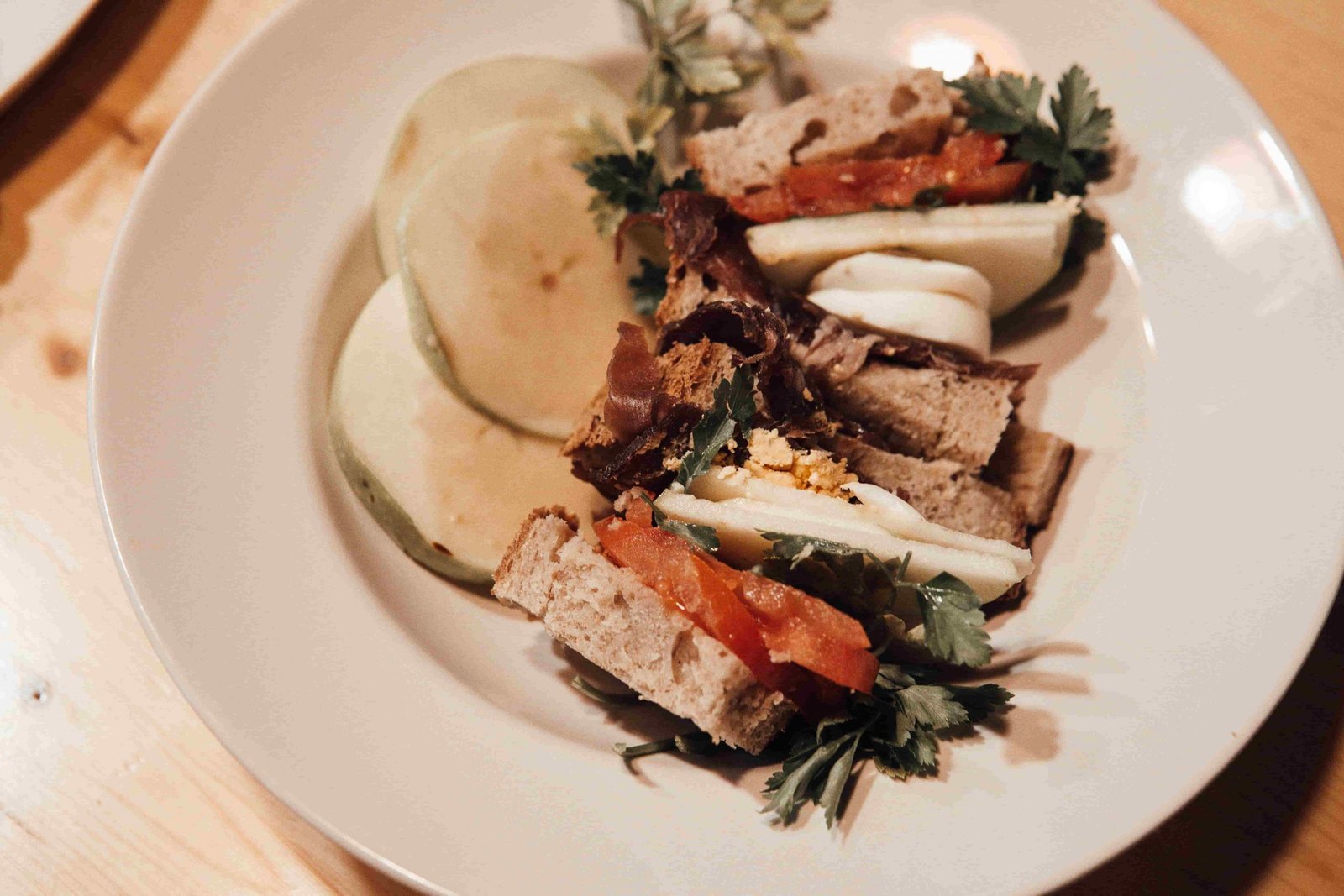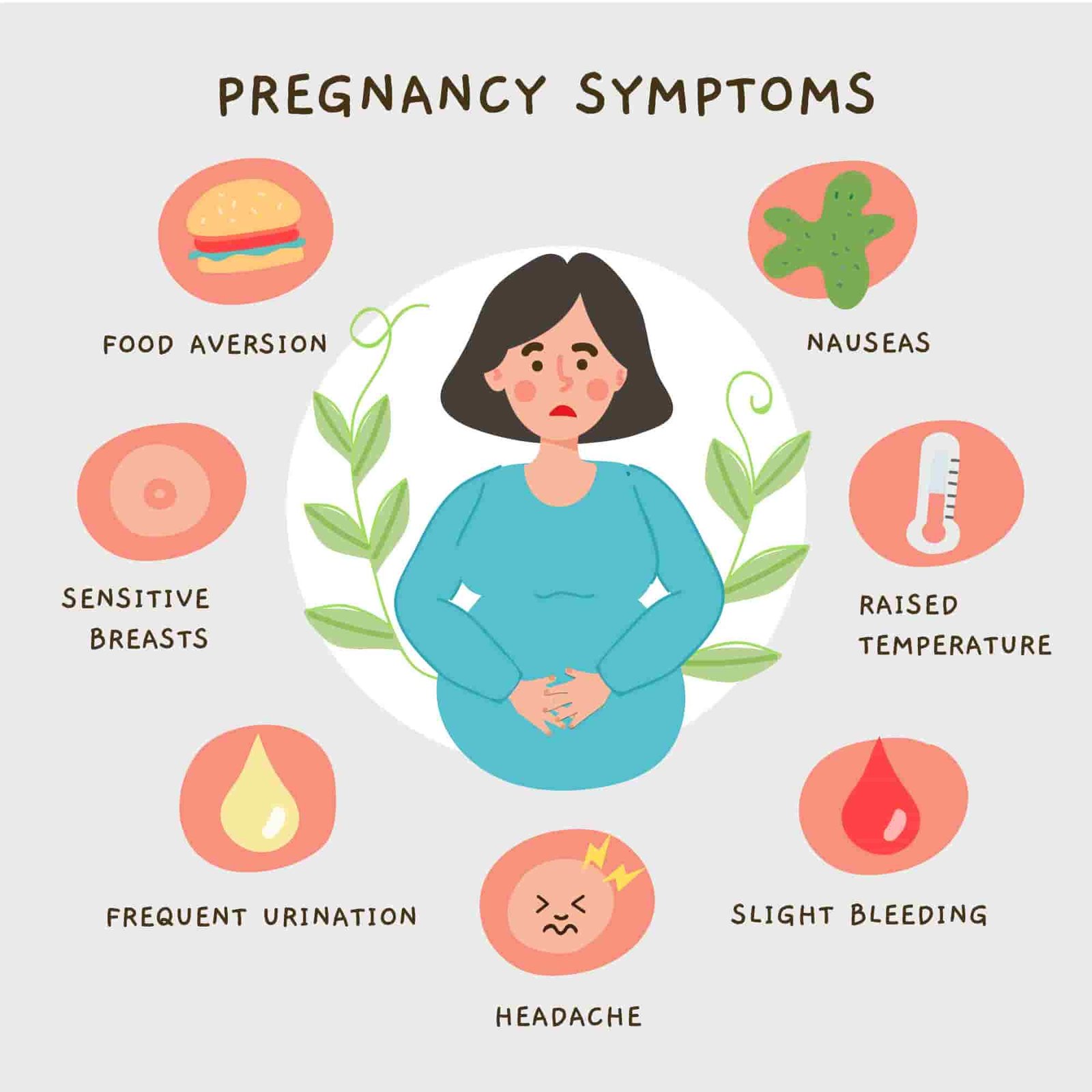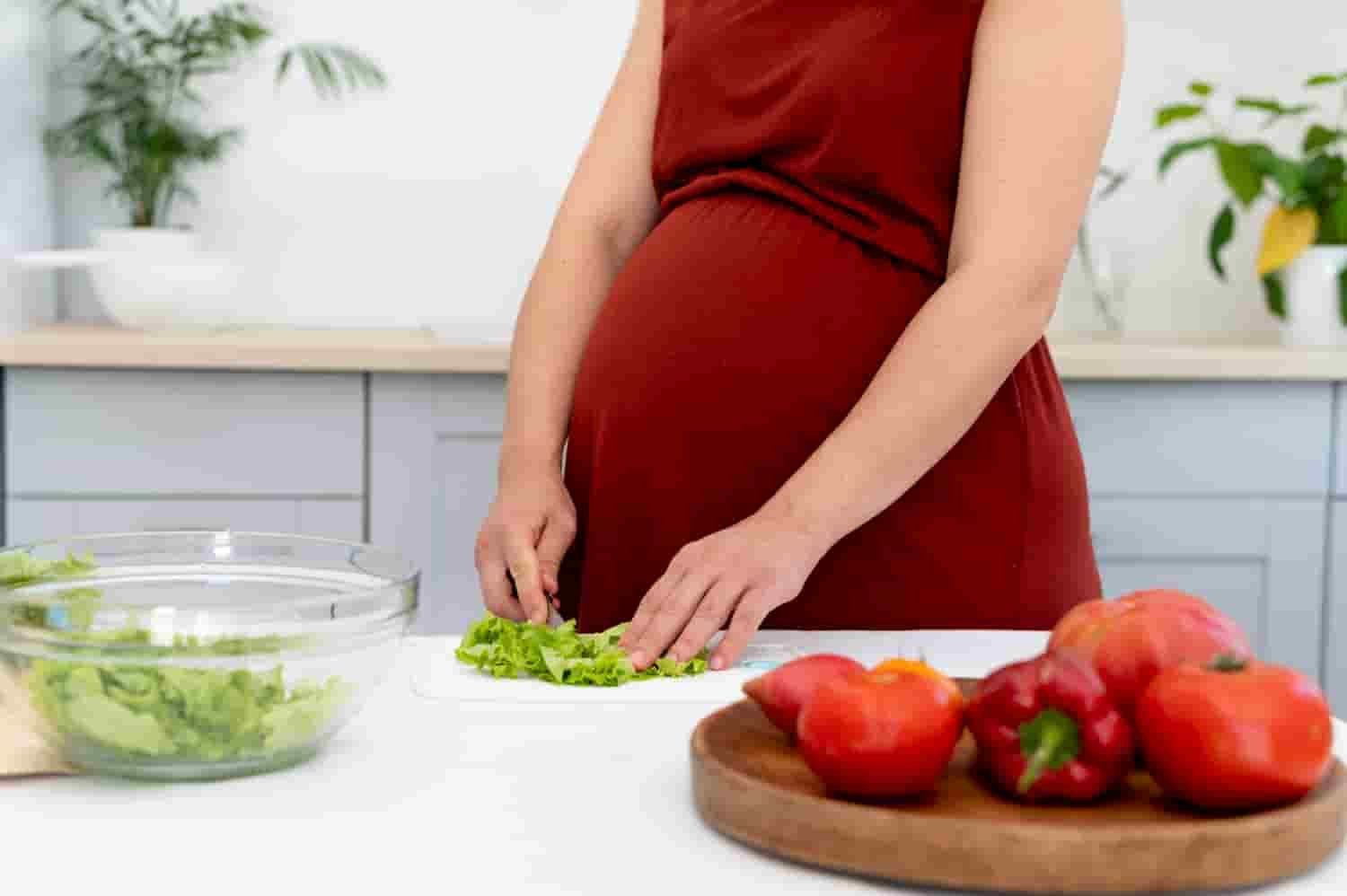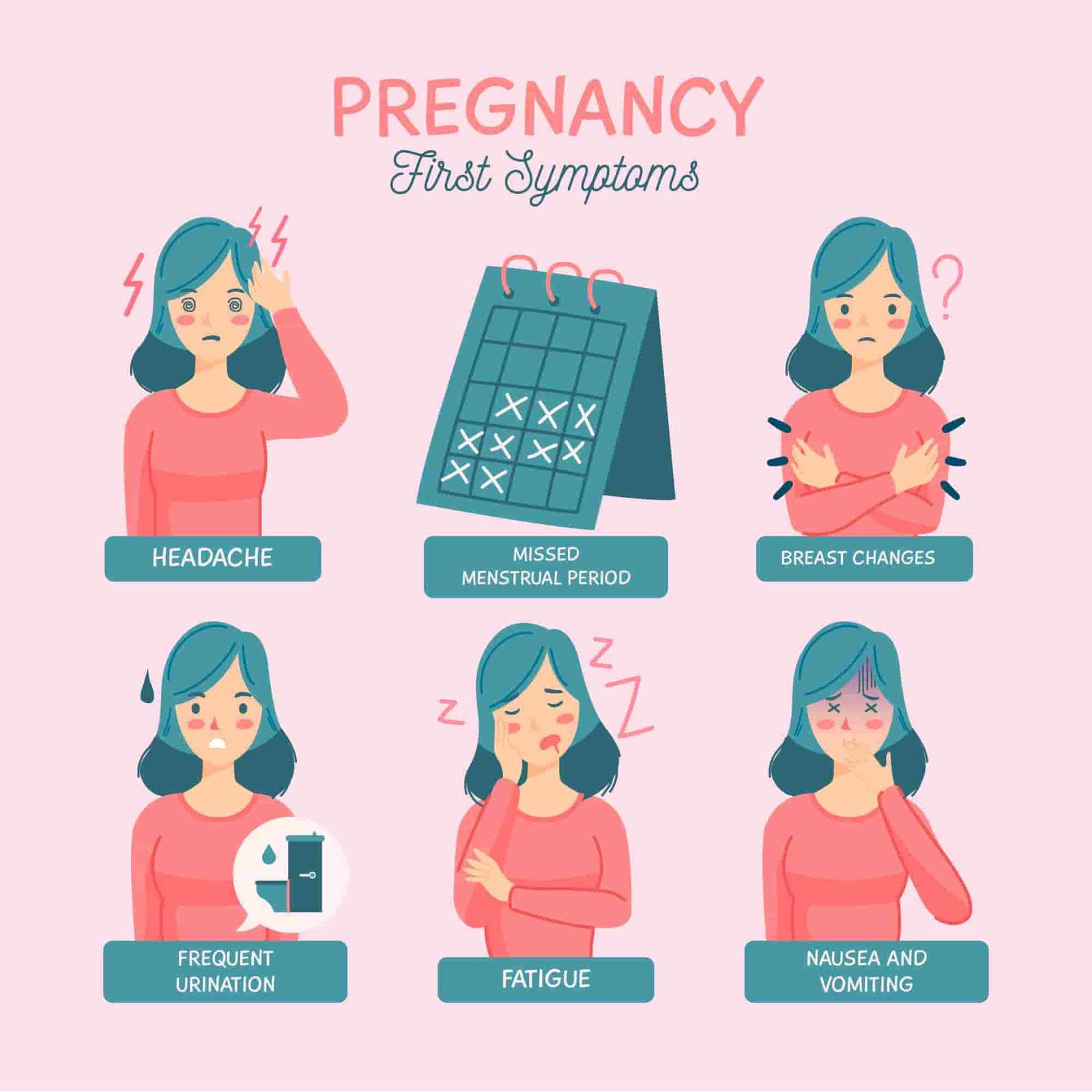Lunch is an essential meal of the day, providing energy and nutrients to keep you going through the afternoon. A well-balanced, high-protein lunch can have numerous benefits for your body, mind, and overall well-being. In this article, we’ll explore the advantages of consuming high-protein lunches, suggest ingredients to include in your meals, share delicious recipes, and provide tips for meal prep and dining out. So let’s dive in!
What are high-protein lunches?
High-protein lunches are meals that contain a significant amount of protein. Protein is one of the three macronutrients, along with carbohydrates and fats, that provide energy and perform essential functions in the body. A high-protein lunch can help support muscle growth, weight management, and satiety.
Why choose a high-protein lunch?
There are several reasons to incorporate high-protein lunches into your daily routine:
- Weight management: Protein can aid weight loss by increasing satiety, reducing calorie intake, and boosting metabolism.
- Muscle building: Consuming protein helps build and repair muscle tissue, making it an essential nutrient for those who exercise regularly.
- Satiety: Protein-rich foods tend to keep you fuller for longer, reducing the temptation to snack between meals.
High-protein lunch ingredients
There are plenty of ingredients that can be used to create a high-protein lunch. Here are some popular options:
- Lean meats: Chicken, turkey, and lean cuts of beef or pork are excellent protein sources.
- Seafood: Fish, such as salmon and tuna, and shellfish, like shrimp, are rich in protein and healthy fats.
- Legumes: Beans, lentils, and chickpeas are excellent plant-based protein sources.
- Dairy products: Greek yogurt, cottage cheese, and low-fat cheese are protein-rich choices.
- Whole grains: Quinoa, barley, and whole grain breads provide protein and complex carbohydrates.
5 delicious high-protein lunch recipes
- Chicken and quinoa salad: Combine cooked quinoa with diced chicken breast, mixed greens, cherry tomatoes, and avocado. Drizzle with a lemon vinaigrette for a satisfying meal.
- Tofu and vegetable stir-fry: Sauté cubed tofu with mixed vegetables in a low-sodium soy sauce, garlic, and ginger marinade. Serve over brown rice for a filling plant-based lunch.
- Salmon and brown rice sushi: Roll cooked brown rice, smoked salmon, cucumber, and avocado in nori sheets. Serve with low-sodium soy sauce and wasabi for a tasty, protein-packed option.
- Greek yogurt chicken salad: Mix diced cooked chicken with Greek yogurt, chopped celery, and red onion. Season with salt, pepper, and dill. Serve over mixed greens or in a whole-grain pita for a creamy, high-protein meal.
- Black bean and vegetable wrap: Fill a whole-grain tortilla with black beans, chopped bell pepper, onion, and avocado. Top with salsa and a dollop of Greek yogurt for a flavorful, protein-rich lunch.
Meal prep tips for high-protein lunches
- Cook proteins in bulk: Grill or bake several chicken breasts, salmon fillets, or tofu blocks at once to use in various meals throughout the week.
- Pre-chop vegetables: Chop and store veggies in airtight containers to save time when assembling lunches.
- Prepare grains ahead of time: Cook and store whole grains like quinoa or brown rice to easily add to meals throughout the week.
- Pack lunch in individual containers: Store each meal in a separate container, making it easy to grab and go in the morning.
- Use a variety of protein sources: Rotate between different proteins to keep your meals interesting and ensure a well-rounded nutrient intake.
Tips for eating out and choosing high-protein options
- Opt for grilled, baked, or steamed proteins: Avoid fried options, as they tend to be higher in unhealthy fats.
- Choose whole grains: Select whole-grain options like brown rice or whole-wheat pasta when available.
- Go for green: Fill half your plate with vegetables or a salad for added nutrients and fiber.
- Watch portion sizes: Restaurant portions can be large, so consider sharing a meal or taking half home for later.
- Ask for modifications: Request sauces and dressings on the side, or ask for substitutions to make your meal more protein-focused.
High-protein lunch alternatives
If you’re short on time or need a quick protein boost, consider these convenient options:
- Protein bars or shakes: Choose products with minimal added sugars and a good balance of protein, carbs, and fats.
- Greek yogurt with fruit and nuts: A simple yet satisfying combination that provides protein, healthy fats, and natural sweetness.
- Cottage cheese and veggie sticks: A light, protein-rich snack that can be easily packed for on-the-go eating.
- Hard-boiled eggs: A portable and versatile protein source, perfect for salads or as a snack.
- Deli meat roll-ups: Roll slices of lean deli meat around low-fat cheese and veggies for a quick, high-protein lunch.
Potential drawbacks of excessive protein intake
While high-protein lunches can provide numerous benefits, it’s important to remember that moderation is key. Consuming excessive amounts of protein can lead to kidney strain, dehydration, and an imbalance of nutrients in the body. Aim to include a variety of food groups in your meals, and consult with a healthcare professional if you’re unsure about the appropriate protein intake for your individual needs.
Conclusion
Incorporating high-protein lunches into your daily routine can offer a multitude of benefits, such as improved weight management, muscle building, and increased satiety. By using a range of protein sources, whole grains, and vegetables, you can create delicious and nutritious meals that will keep you energized throughout the day. Keep these tips and recipes in mind when planning your meals, and you’ll be well on your way to a healthier, more satisfying lunch experience.
FAQs
- How much protein should I aim for in a high-protein lunch?
The amount of protein you need depends on factors such as age, sex, weight, and activity level. Generally, a high-protein lunch should contain at least 20-30 grams of protein. - Are high-protein lunches suitable for vegetarians and vegans?
Absolutely! Plant-based protein sources like legumes, tofu, tempeh, seitan, and whole grains can be used to create delicious, high-protein lunches suitable for vegetarians and vegans. - Can I eat a high-protein lunch if I’m following a low-carb or keto diet?
Yes, you can still enjoy a high-protein lunch while following a low-carb or keto diet. Focus on incorporating lean meats, seafood, and low-carb vegetables. Avoid starchy grains and legumes, and be mindful of your overall macronutrient balance. - Is it possible to consume too much protein?
While it’s rare for healthy individuals, consuming excessive amounts of protein can lead to potential drawbacks, such as kidney strain, dehydration, and nutrient imbalances. It’s essential to maintain a balanced diet that includes carbohydrates, fats, and protein in appropriate proportions. - Do I need to supplement with protein powder to have a high-protein lunch?
Protein powder can be a convenient way to increase your protein intake, but it’s not necessary for a high-protein lunch. Many whole foods, such as lean meats, seafood, legumes, and dairy products, are excellent sources of protein and can be easily incorporated into your meals.








